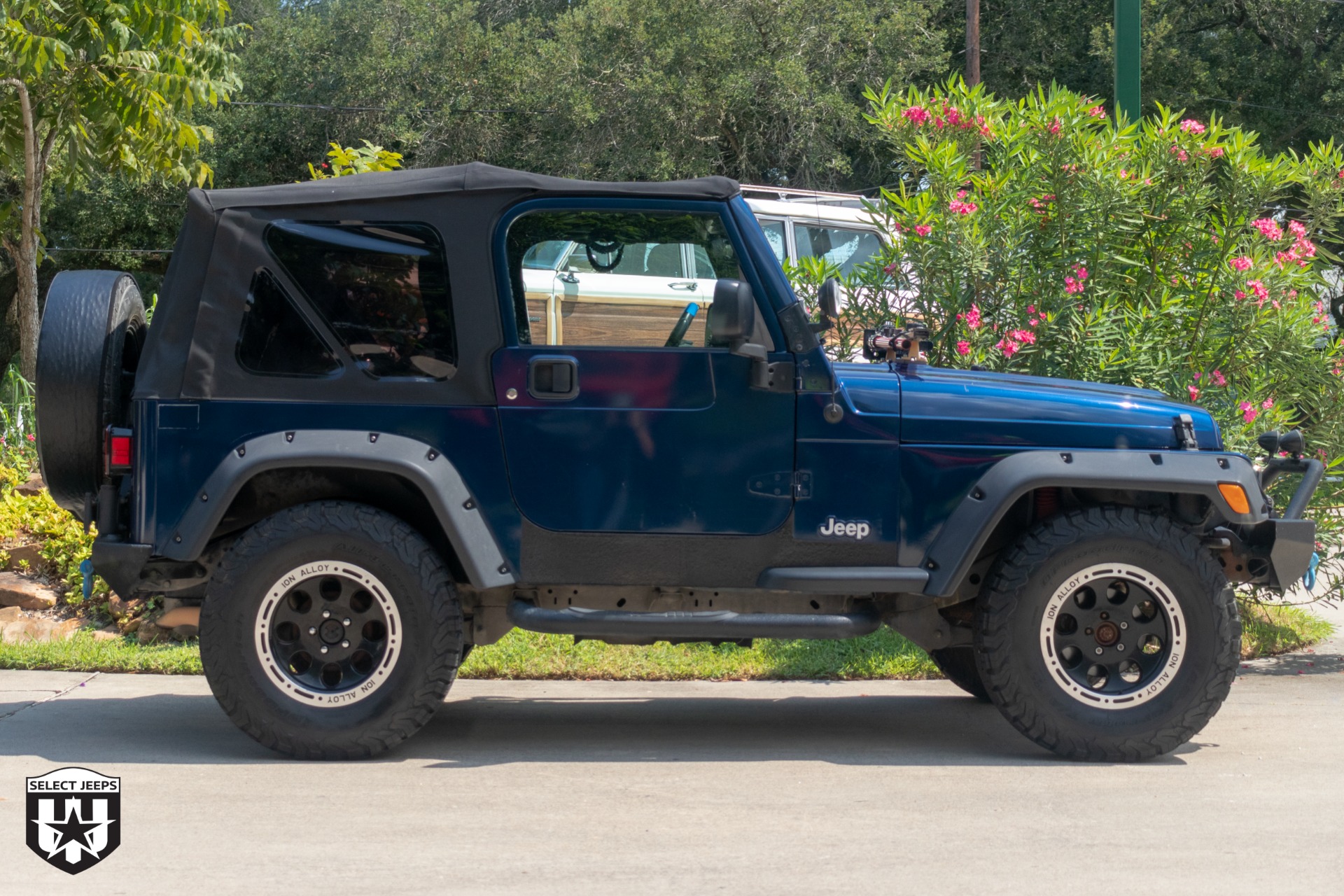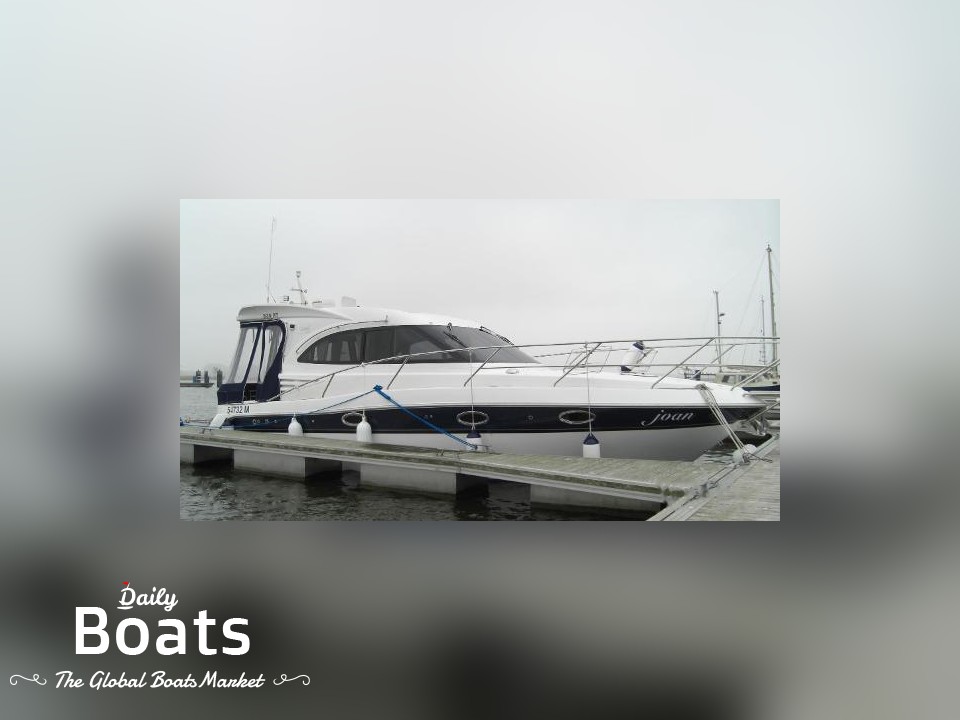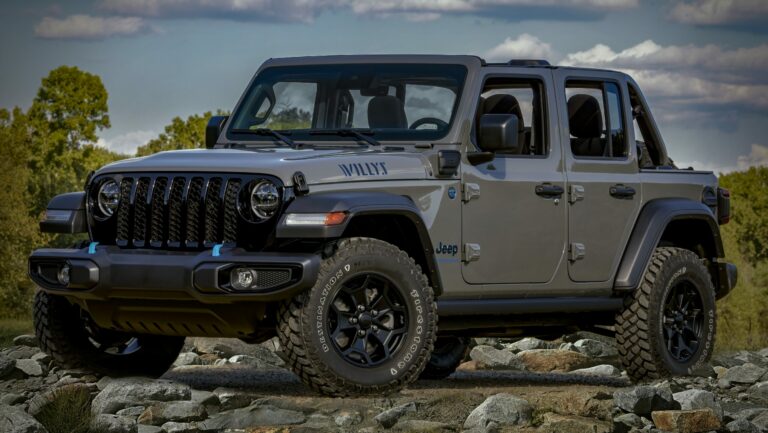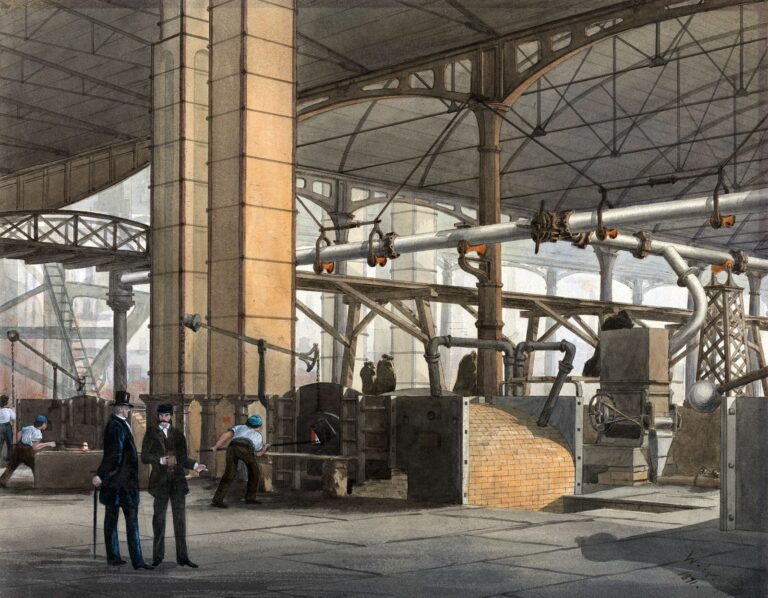2005 Jeep Hardtop For Sale: A Comprehensive Buyer’s Guide to the Enduring TJ Icon
2005 Jeep Hardtop For Sale: A Comprehensive Buyer’s Guide to the Enduring TJ Icon jeeps.truckstrend.com
The year 2005 stands as a significant point in the storied history of the Jeep Wrangler. It marked the penultimate year for the beloved TJ generation, a model widely celebrated for its blend of classic Jeep aesthetics, rugged off-road prowess, and surprising daily drivability. Among the various configurations, the 2005 Jeep Hardtop For Sale offers a unique proposition: the open-air freedom Jeep is known for, combined with the practicality, security, and weather protection that only a hardtop can provide. This article serves as a comprehensive guide for anyone considering purchasing this iconic vehicle, delving into its enduring appeal, key features, vital considerations, and practical advice for navigating the used market.
Why a 2005 Jeep Hardtop? Understanding the TJ Generation’s Appeal
2005 Jeep Hardtop For Sale: A Comprehensive Buyer’s Guide to the Enduring TJ Icon
The Jeep Wrangler TJ, produced from 1997 to 2006, is often hailed as one of the last "pure" Wranglers before the larger and more refined JK generation arrived. Its coil-spring suspension system, a significant upgrade from the leaf springs of its YJ predecessor, vastly improved ride quality and off-road articulation without sacrificing its legendary capability. The 2005 model year benefits from years of refinement within the TJ platform, making it a reliable and sought-after choice for enthusiasts and casual drivers alike.
Opting for a hardtop version of the 2005 TJ adds layers of practicality. While the soft top offers immediate open-air convenience, the hardtop provides superior security against theft, better insulation from the elements (cold, rain, snow), and a significant reduction in road noise on the highway. For those who live in harsher climates or desire a more secure and comfortable daily driver, a 2005 Jeep Hardtop becomes an even more attractive option, offering year-round versatility that a soft top simply cannot match.
Key Features and Specifications of the 2005 Jeep Wrangler Hardtop
The 2005 Jeep Wrangler was available in several trims, each offering a slightly different focus, but all sharing the core TJ DNA.
- Engine Options:
- 4.0L PowerTech I6: The undisputed workhorse, this inline-six cylinder engine is legendary for its bulletproof reliability, ample low-end torque, and ease of maintenance. It’s the preferred choice for most enthusiasts due to its robust performance, especially off-road. It produced 190 horsepower and 235 lb-ft of torque.
- 2.4L PowerTech I4: A more fuel-efficient option, this four-cylinder engine offered 147 horsepower and 165 lb-ft of torque. While adequate for daily driving, it can feel underpowered, especially with larger tires or when heavily loaded.
- Transmission Options: Both engines could be paired with either a manual (5-speed for the 2.4L, 6-speed for the 4.0L) or a 4-speed automatic transmission. The 6-speed manual (NSG370) introduced in 2005 for the 4.0L is a popular choice for its improved gearing.
- Transfer Cases:
- Command-Trac NV231: Standard on most models, this part-time 4WD system is robust and reliable.
- Rock-Trac NV241: Exclusive to the Rubicon trim, this heavy-duty transfer case offers an incredibly low 4:1 low-range gear ratio, providing superior crawling capability.

- Axles:
- Dana 30 (Front) / Dana 35 (Rear): Standard on most trims, suitable for light to moderate off-roading.
- Dana 44 (Front & Rear): Standard on the Rubicon, these heavy-duty axles are significantly stronger and equipped with selectable air lockers for extreme off-road traction.

- Hardtop Specific Features: The factory hardtop for the TJ is a two-piece design, comprising a main rear section and a removable front section (often called a "sunrider" or "freedom top" precursor). It features a glass rear hatch with a defroster and a rear wiper, significantly enhancing visibility and comfort in adverse weather.
- Interior: The TJ interior is functional and utilitarian. While not luxurious, it’s designed to be durable and easy to clean, fitting the Jeep’s rugged nature. Air conditioning, a decent stereo, and comfortable seats (for the era) were common options.
The Hardtop Advantage: Benefits for Buyers
When considering a 2005 Jeep Wrangler, the decision between a soft top and a hardtop is crucial. The hardtop offers several compelling advantages:
- Enhanced Security: A hardtop provides a much greater deterrent against theft and vandalism compared to a soft top, which can be easily cut or unzipped. Your belongings are safer, and you have greater peace of mind.
- Superior Weather Protection: Made from fiberglass or similar composite materials, the hardtop offers excellent insulation against cold, rain, and snow. It keeps the cabin warmer in winter and dryer in heavy downpours, making the Jeep a true year-round vehicle in any climate.
- Reduced Road Noise: One of the most significant benefits for daily driving, the hardtop significantly dampens wind noise and road noise compared to a flapping soft top. This makes highway journeys much more comfortable and allows for easier conversation or music enjoyment.
- Increased Durability: A hardtop is far more resilient to wear and tear from sun exposure, tree branches, and general use than a fabric soft top, which can degrade over time and require replacement.
- Potentially Higher Resale Value: While not always a dramatic difference, a factory hardtop can often add a slight premium to the resale value of a used TJ, especially if it’s in good condition.
- Versatility: While it takes more effort to remove than folding a soft top, the hardtop can be taken off for open-air driving on nice days, giving you the best of both worlds.
Important Considerations When Buying a 2005 Jeep Hardtop
Purchasing a nearly two-decade-old vehicle, especially one known for off-road use, requires careful scrutiny.
- Rust: This is the TJ’s Achilles’ heel. Inspect the frame (especially near the skid plate, control arm mounts, and rear spring buckets), body mounts, rocker panels, floorboards, and suspension components for rust. Surface rust is common; severe rot is a deal-breaker.
- Maintenance History: Demand detailed service records. A well-maintained Jeep will save you headaches and money down the road. Look for evidence of regular oil changes, fluid flushes, and preventative maintenance.
- Modifications: Many TJs are modified. Assess the quality of any aftermarket lifts, bumpers, winches, or drivetrain upgrades. Poorly installed modifications can lead to issues like "death wobble" or accelerated wear on components.
- Engine Health: Listen for unusual noises (knocking, ticking, grinding). Check for oil leaks (especially from the rear main seal or valve cover). Ensure the engine runs smoothly, without misfires or hesitation.
- Transmission and Transfer Case: Test all gears in both 2WD and 4WD (high and low range). Listen for grinding, clunking, or difficulty shifting.
- Hardtop Condition: Inspect the hardtop itself for cracks, severe fading, or damage. Ensure the rear window defroster works and the rear wiper operates smoothly. Check the seals around the windows and doors for leaks.
- Common TJ Issues: Be aware of typical TJ quirks: exhaust manifold cracks (listen for ticking, especially when cold), "death wobble" (shaking front end, often caused by worn steering components), steering play, and worn universal joints.
- Pre-Purchase Inspection (PPI): This is non-negotiable. Have a trusted mechanic (preferably one familiar with Jeeps) perform a thorough inspection before committing to a purchase. It’s the best way to uncover hidden issues.
Finding Your 2005 Jeep Hardtop: Where to Look and What to Ask
The market for used TJs is robust, but finding the right one requires patience and diligence.
- Online Marketplaces: Websites like Craigslist, Facebook Marketplace, AutoTrader, and eBay Motors are primary sources. Specialty sites like Bring a Trailer or Jeep forums (e.g., WranglerForum.com, JeepForum.com) can also list well-maintained examples.
- Local Dealerships: While less common for vehicles of this age, some used car dealerships might have TJs. Be wary of inflated prices or lack of detailed history.
- Private Sellers vs. Dealers: Private sellers often offer better prices and more transparency about the vehicle’s history if they’ve owned it for a long time. Dealers may offer warranties but often at a higher price.
Questions to Ask the Seller:
- "Why are you selling the Jeep?"
- "How long have you owned it?"
- "Do you have maintenance records?"
- "Has it been involved in any accidents?"
- "Has it been off-roading? If so, what kind of trails?"
- "What modifications have been done, and who installed them?"
- "Are there any known issues or quirks?"
- "Can I have it inspected by my mechanic?"
Pricing Your 2005 Jeep Hardtop: Factors Influencing Value
The price of a 2005 Jeep Hardtop can vary significantly based on several factors. There’s no single fixed price, as each vehicle tells its own story.
- Condition: This is paramount. A rust-free, mechanically sound, cosmetically clean Jeep will command the highest price. Conversely, a rusty, neglected example will be significantly cheaper.
- Mileage: Lower mileage generally means higher value, assuming maintenance has been consistent.
- Trim Level: Rubicon models are consistently the most expensive due to their superior off-road components (Dana 44 axles, lockers, 4:1 transfer case). Sahara and Sport trims fall in the middle, while X models are typically the most affordable.
- Modifications: Quality, desirable modifications (e.g., high-end lift kits, winches, upgraded tires) can add value, but poorly done or extreme modifications can detract from it. Stock or mildly modified TJs often appeal to a broader audience.
- Geographic Location: Jeeps in dry climates (Southwest, West Coast) often have significantly less rust than those from the Rust Belt or areas with heavy road salt use, leading to higher prices for the former.
- Hardtop vs. Softtop: A factory hardtop often adds a premium of a few hundred to over a thousand dollars compared to an equivalent soft-top model, reflecting its added utility and cost when new.
Estimated Price Range Table for 2005 Jeep Hardtop
This table provides a general guide. Actual prices will vary based on specific vehicle history, modifications, and market demand.
| Trim Level | Condition (Rust-Free) | Mileage (Approx.) | Estimated Price Range (USD) | Key Features |
|---|---|---|---|---|
| X / Sport | Excellent | < 100,000 miles | $12,000 – $16,000 | Basic, 4.0L or 2.4L, Dana 30/35, Command-Trac |
| X / Sport | Good | 100,000-150,000 miles | $9,000 – $13,000 | Good runner, minor cosmetic flaws, some surface rust |
| X / Sport | Fair | > 150,000 miles | $6,000 – $9,000 | Needs TLC, more significant rust, potential mechanical needs |
| Sahara | Excellent | < 100,000 miles | $14,000 – $18,000 | Upgraded interior, color-matched flares, Dana 30/35, Command-Trac |
| Sahara | Good | 100,000-150,000 miles | $11,000 – $15,000 | Well-maintained, typical wear, no major issues |
| Sahara | Fair | > 150,000 miles | $8,000 – $11,000 | Driver quality, visible wear, some repairs likely |
| Rubicon | Excellent | < 100,000 miles | $18,000 – $25,000+ | Dana 44 F/R, lockers, 4:1 transfer case, 4.0L, desirable |
| Rubicon | Good | 100,000-150,000 miles | $15,000 – $20,000 | Fully functional, minor cosmetic issues, great off-road |
| Rubicon | Fair | > 150,000 miles | $12,000 – $16,000 | Usable, but likely needs attention to suspension, drivetrain |
Note: Prices are highly variable and can fluctuate based on regional market demand, specific vehicle history, and unique features/modifications. This table assumes a functioning, desirable factory hardtop is included.
Practical Advice and Actionable Insights
- Be Patient: The perfect 2005 Jeep Hardtop won’t appear overnight. Take your time, research, and be prepared to travel for the right vehicle.
- Set a Realistic Budget: Not just for the purchase price, but also for potential immediate maintenance, registration, and insurance. Older vehicles often need some initial TLC.
- Prioritize Condition Over Price: A slightly more expensive, well-maintained, rust-free example will almost always be cheaper in the long run than a bargain-basement Jeep that requires extensive repairs.
- Don’t Skip the PPI: This is your best defense against buyer’s remorse. A professional inspection can identify issues that aren’t obvious to the untrained eye.
- Factor in Upgrades: Even a well-maintained TJ might benefit from new tires, a suspension refresh, or other personal touches. Budget for these.
Frequently Asked Questions (FAQ) about the 2005 Jeep Hardtop
Q: Is the 2005 TJ a good daily driver?
A: Yes, particularly with the 4.0L engine and a hardtop. It’s more comfortable than previous generations due to the coil-spring suspension, and the hardtop significantly reduces road noise, making it more tolerable for commutes. However, don’t expect luxury car comfort or fuel economy.
Q: What’s the best engine for a 2005 TJ?
A: The 4.0L PowerTech I6 is overwhelmingly considered the superior engine. Its legendary reliability, abundant torque, and ease of maintenance make it the preferred choice for both daily driving and off-roading.
Q: Are parts still available for a 2005 TJ?
A: Absolutely! The TJ platform is extremely popular, and a vast aftermarket exists for parts, accessories, and upgrades. OEM parts are also still readily available.
Q: How difficult is it to remove the hardtop?
A: The factory hardtop is heavy and typically requires two strong adults to remove or install safely. Many owners use a garage hoist system for easier single-person removal/storage.
Q: What’s the typical fuel economy for a 2005 TJ?
A: Don’t buy a TJ for its fuel economy. Expect around 14-18 MPG, depending on the engine, transmission, tire size, and driving habits. The 2.4L might get slightly better, but not significantly.
Q: What are the common rust spots I should check?
A: Frame (especially near the control arm mounts, skid plate, and rear spring buckets), rocker panels, body mounts, floorboards, and the areas around the leaf spring shackles (if applicable, though 2005 is coil-sprung).
Q: Is a Rubicon worth the extra cost?
A: If you plan on serious off-roading, yes, the Rubicon’s factory Dana 44 axles, lockers, and 4:1 transfer case are incredibly valuable and expensive to replicate on other trims. For light off-roading or daily driving, a Sport or Sahara can be modified to be very capable for less money.
Conclusion
The 2005 Jeep Hardtop For Sale represents a unique opportunity to own a piece of automotive history. It perfectly blends the classic, rugged appeal of the TJ generation with the enhanced practicality and comfort of a factory hardtop. While purchasing a nearly two-decade-old vehicle requires careful consideration of common issues like rust and maintenance, the rewards are immense.
For the right buyer, a well-maintained 2005 Jeep Hardtop offers an unparalleled combination of off-road capability, iconic styling, and year-round usability. It’s a vehicle that inspires adventure, fosters a vibrant community, and holds its value remarkably well. By following the advice outlined in this guide, you can confidently navigate the market and find a TJ that will bring years of driving enjoyment, whether on the pavement or far off the beaten path.






